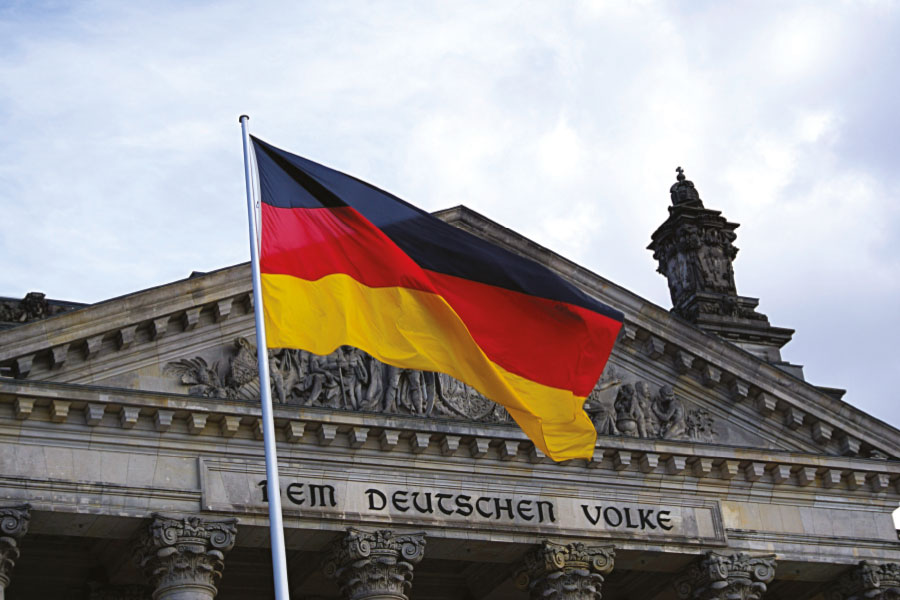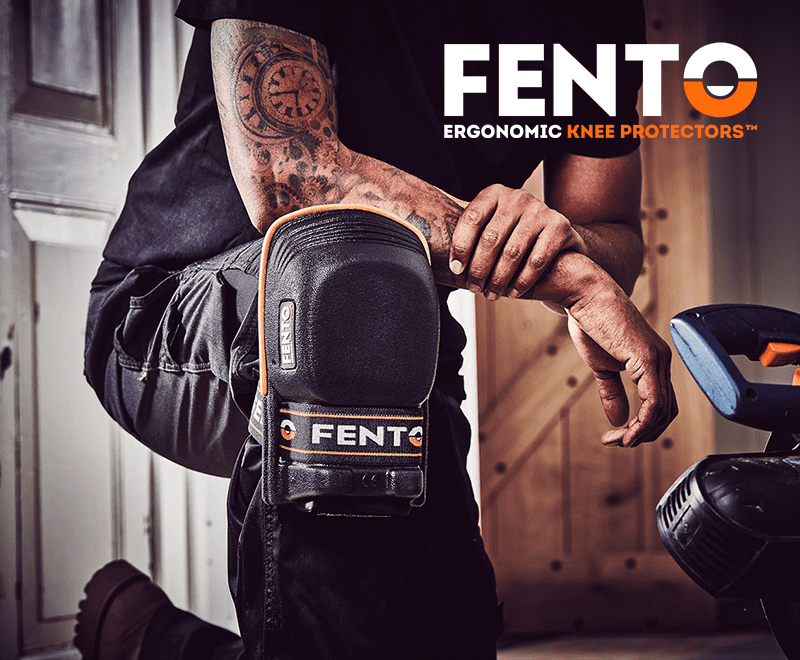LIKE many other countries in Europe, the German market in tiling and construction still remains under pressure according to the Bundesverband Keramische Fliesen (BKF), the Federal Association of Ceramic Tiles.
It’s highlighted that in recent years, incoming orders and permits have declined continuously, which is a result from policy shifts and wider global instability, leaving manufacturers to balance international and countrywide challenges.
Pressures on the market
The Building Energy Act (GEG) a German law that regulates the energy performance and efficiency of buildings, brought pressure on homeowners in the country, where many feared their savings would have to be invested in new heating technologies rather than potentially spending on other home renovations.
Additionally, the energy price crisis, the Ukraine conflict and the protectionist trade policy of the USA are also adding to the pressure on the German economy as well as the entire construction sector and ceramic tile industry.
The domestic tile industry, like many other energy-intensive industries, is under enormous strain owing to intense international competition and high energy costs. Patrick Schneider, chairman of the Federal Association of Ceramic Tiles (BKF) says: ‘Like the energy-intensive industrial sector in general, the German tile manufacturers, or rather the BKF, have been pushing for cost reductions in this area for years in order to remain competitive in the future.’
To conclude, the German economy has been stagnating for some time, with this year’s forecast revised to 0%, and the outlook for 2026 is a cautious +1%.
Construction
Despite the ongoing uncertainty in the economy, according to the BKF, the first signs of recovery can be observed in the construction industry. Although the construction industry still expected to be down -5% this year, building permits increased in the first quarter of 2025 by +4.1%, and for single-family houses by as much as +15.3%. The reduction in lending rates has also contributed to this development.
The industry has high hopes for the new federal government, which has stated new measures to boost construction activity. It’s important that politicians provide fast-acting measures that don’t further slowdown renovation activity and quickly implement already approved construction projects. Only then can tile sales fully benefit, says the BKF.
Tile market snapshot in Germany 2024
The pandemic led to a growth in the market however what followed was the sharp downturn in 2023. Industrial sales fell from 132.9 million sq m to 93.8 million sq m (-29.5%). In 2024, tile sales in Germany amounted to 89.4 million sq m (-4.6%).
Tile imports too have plateaued (-1.1%), with Italy leading the way with just under 50% of imports, followed by Poland (13%), Spain (12%) and Turkey (9%).
Regarding exports of ceramic tiles, Germany shipped a total of 17.6 million sq m in 2024, with the Netherlands taking majority of 4.1 million sq m (+6.7%), followed by Austria with 2.1 million sq m (-2.1%) and Switzerland with 1.7 million sq m (+0.3%).
The industry in Germany has been hugely affected owing to the unprecedented high energy costs and the implementation of state aid regulations, where production volumes decreased, and sales plummeted in 2023 and 2024.
2025 Outlook
2025 began with slight recovery in the market, however a sideways movement is expected for the tile market in Germany at the end of the year. The existing overcapacities in the German tile market are driving down prices, creating pressures not seen in years. If the reduction in electricity costs by 5 cents/KWH (kilowatt hour) is delivered as promised by the federal government, this measure would bring relief to the economy and tile industry.
Policy demands and industry positioning
The tile sector continues to call for urgent policy support: affordable energy, simplified regulations, and a revision of the Building Energy Act. Patrick Schneider highlights the need for flexible heating solutions, noting that tiles pair particularly well with underfloor heating and heat pumps. ‘Ceramic is the surface that makes these systems especially energy-efficient,’ he explains.
The BKF and the German Tile Quality Initiative have been campaigning to highlight these advantages, stressing performance and sustainability credentials. Tiles manufactured in Germany benefit from short transport routes, efficient production processes, and lower overall environmental impact compared with many competing materials. Independent studies from the University of Stuttgart and the Institute for Building and Environment confirm that German tiles perform strongly in lifecycle assessments, giving them an edge in the sustainability-driven market.
A sustainable future
As architects, builders and homeowners place greater emphasis on environmental performance, German tiles are well positioned to gain market share. Their durability, thermal efficiency, and proven eco-profile mean they’re increasingly seen not just as a design choice, but as a climate-conscious one.
Despite the headwinds, the German tile industry is not standing still. With gradual recovery in construction, targeted policy reforms, and continued emphasis on sustainability, the sector may be able to stabilise and potentially thrive in the years to come.
www.fliesenverband.de










